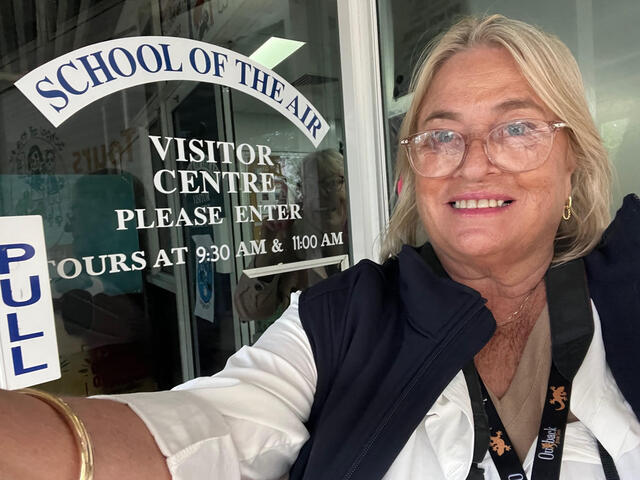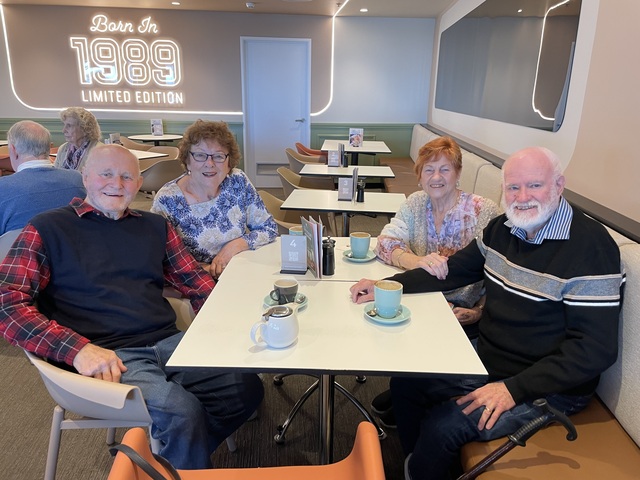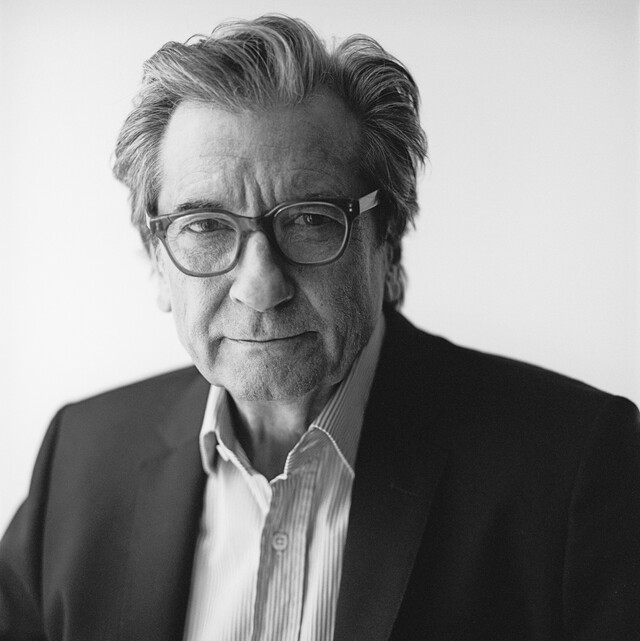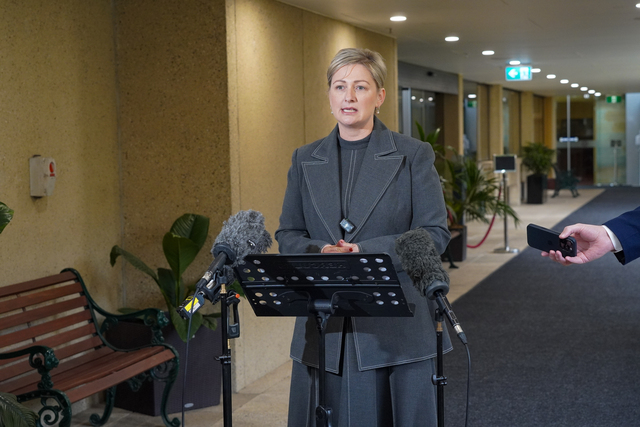Installation is underway for the 10th Asia Pacific Triennial at the Queensland Art Gallery/gallery of Modern Art (QAGOMA).
The event is the gallery’s flagship series and will run from 4 December through to 25 April.
This year’s event now includes as major works by artists Rocky Cajigan (Philippines), Chong Kim Chiew (Malaysia) Alia Farid (Kuwait), Brian Fuata (Aotearoa/Australia), I Made Djirna (Indonesia), Jumaadi (Indonesia/Australia) and Vipoo Srivilasa (Thailand/Australia).
They join previously-announced artists including Kaili Chun (Kanaka Ōiwi, Hawai’i), Gordon Hookey (Waanyi people, Australia), Kimiyo Mishima (Japan), Salote Tawale (Fiji/Australia) and Grace Lillian Lee and Uncle Ken Thaiday Snr (Meriam Mir people, Australia).
QAGOMA Director Chris Saines said the art works had been installed in recent weeks in preparation for the event.
“Since its first edition almost 30 years ago, APT has established an international reputation as a challenging and dynamic exhibition, highlighting the most exciting developments in contemporary art from across our culturally diverse region,” Mr Saines said.
“Presented at both QAG and GOMA and including recent and newly-commissioned works, APT involves a great depth of research by the Gallery’s in-house curators working closely with a broad network of artists and specialists across an expansive geography.
“APT10 is full of stories of travel, journeys, migrations and connections to place. It’s layered with responses, questions and ideas about the present moment, the many issues facing humanity, and propositions towards the future from a diversity of cultural perspectives. It includes works of art that are by turn highly personal, deeply political, and full of joy.
‘We are now undertaking the mammoth process of receiving, preparing and installing 69 projects by more than 150 emerging and established artists, collectives and filmmakers from more than 30 countries.
‘With the global impact of COVID-19, APT10 has presented logistical challenges, but it has also been exceptionally rewarding to see how artists work through such tremendous change. It has necessitated new approaches to exhibition-making, and we’ve worked virtually with artists, advisors and collaborators to facilitate exchanges and outcomes from afar.
‘More than ever before, community and collaboration is a major feature of this Triennial with many artists achieving ambitious results through working with groups or as part of collectives, such as the Bajau Sama Dilaut people in Sabah Borneo, Gidree Bawlee Foundation of Arts in north-western Bangladesh and Seleka International Arts Society Initiative in Tonga.’
Mr Saines said the Gallery’s research arm, the Australian Centre for Asian and Pacific Art (ACAPA) had provided the framework for new initiatives that will further broaden community engagement – supported by the Australian Government through the Office for the Arts.
‘The ACAPA Pacifika Community Engagement Project, created with a dynamic team of ten local Pacific Islanders, and five community groups in south-east Queensland, has informed the way Pasifika projects in the exhibition are presented, broadened relationships and translated artwork labels into Pacific languages,’ he said.
The development of APT10 has also played host to the inaugural Creative New Zealand Pacific Curator Residency (Australia) with Auckland-based artist and curator Natasha Matila-Smith and includes learning initiatives driven by artist-in-residence Brian Fuata.
The expansive, free exhibition will incorporate a multi-strand APT10 Cinema program, seven interactive artist projects for children and families as part of APT10 Kids, a two-night Up Late program in 2022 and a full-colour publication.
Also accompanying APT10 is Asia Pacific Art Papers: Contemporary Contexts, Practices and Ideas, a three-part digital resource offering new insights into the changing conditions and practices of artists in the region – assisted by the Australian Government through the Australia Council for the Arts, its arts funding and advisory body. The first set of essays are online now at www.apap.qagoma.qld.gov.au
Among the many highlights of APT10 will be:
• Vipoo Srivilasa’s immersive, participatory installation Shrine of Life/ Benjapakee Shrine 2021, featuring five hand-crafted ceramic deities representing attributes important to the artist: identity, love equality, creativity, security and spirituality. Finished with gold lustre and floral embellishments, the work reflects Srivilasa’s holistic approach to life, and encourages audiences to appreciate the things that unite us.
• Hairloom 2021, a dramatic, newly commissioned ten metre-long loom of human hair by Rocky Cajigan, reflecting the artist’s personal history and exploration of the material, culture, indigeneity and museology of the Cordillera region of the Philippines
• A series of enormous sculptural vessels in fibreglass and synthetic resin by Kuwait City- and San Juan, Puerto Rico-based artist Alia Farid, offering a poignant message about the ever-increasing issue of water scarcity across West Asia.
• Senior Balinese artist I Made Djirna’s dense, cave-like environment created from found, natural materials, a work strongly informed by the artist’s Balinese culture, ritual and landscape.
• A new series of large-scale paintings by Indonesian-Australian artist Jumaadi, created on delicate cloth prepared by artisans in Indonesia and illustrating the unique storytelling of the artists that reflect on emotions ranging from love and human relationships to displacement and isolation.
• New work by Chong Kim Chiew, including a towering installation of maps painted directly onto tarpaulin, expressing a compulsive reorientation of the geographic and political topography of Malaysia and its Southeast Asian neighbours.








